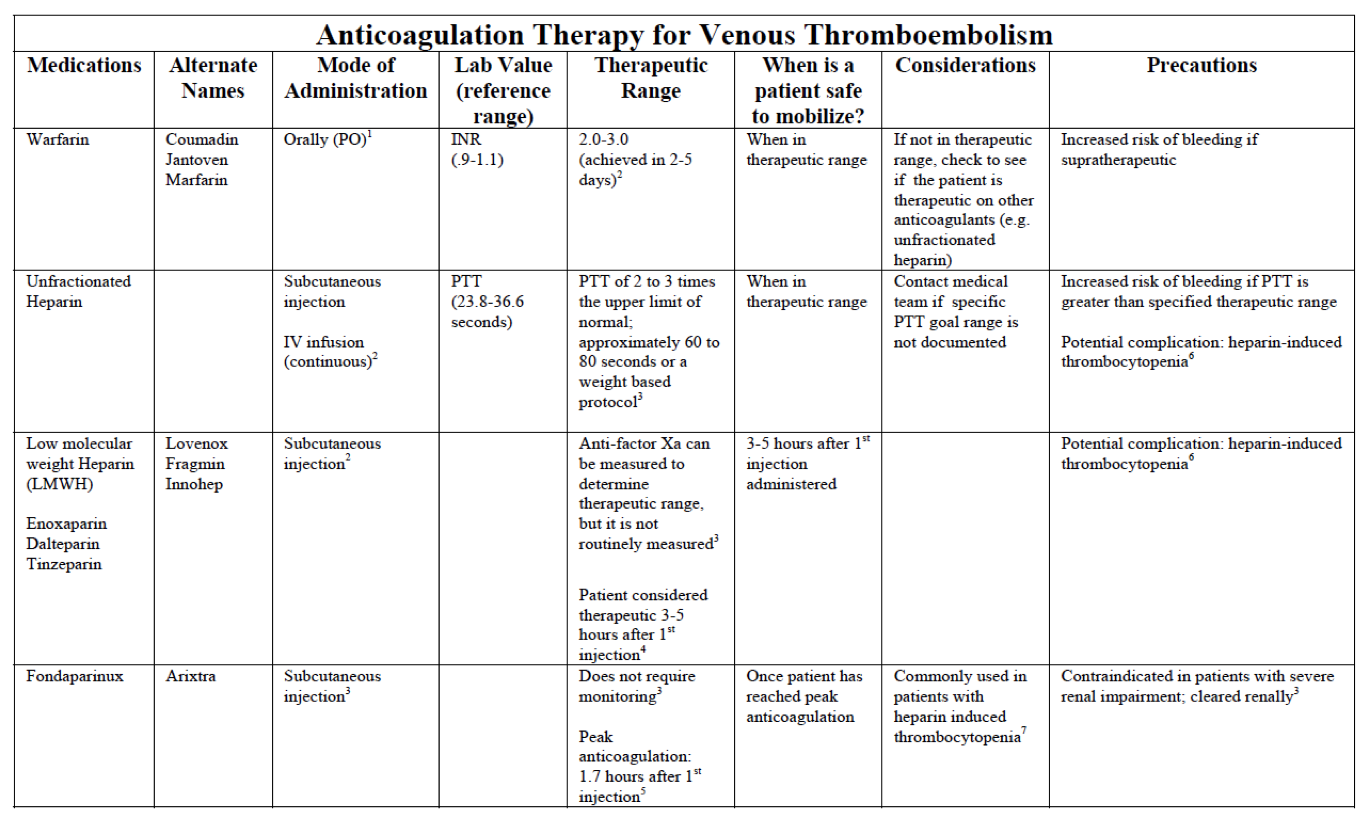
INR value is dimensionless and ranges from a score of 2.0 to 3.0. The reference values for INR take into account in PT measurement in device related variations, type of reagents used, and sensitivity differences in the TF activator. PT, the time in seconds, is measured in plasma to form a clot in the presence of sufficient concentration of calcium and tissue thromboplastin by activating coagulation via the extrinsic pathway. The INR is derived from prothrombin time (PT) which is calculated as a ratio of the patient’s PT to a control PT standardized for the potency of the thromboplastin reagent developed by the World Health Organization (WHO) using the following formula: Patients taking oral anticoagulants are required to monitor INR to adjust the VKA doses because these vary between patients. It can also be used to assess the risk of bleeding or the coagulation status of the patients. This dose should be half of your normal daily dose.International normalized ratio (INR) is the preferred test of choice for patients taking vitamin K antagonists (VKA).You may need to start Clexane injections if your warfarin level is low (Have an INR 2 days after stopping the wafarin.This medication is called Heparin and is given straight into the blood circulation byan infusion. Your last dose of Clexane should be on the morning before your day of surgery.ĭepending on the type of surgery and the reason for which you are on blood thinning, you may need to be admitted on night prior to your surgery – you may even need another form of blood thinning medication to "cover" the risk of blood clots right up until the time of surgery.The effect of clexane is shorter that warfarin – it needs to stop 24 hours prior to the surgery. can be used to make sure your blood is thin enough to prevent blood thinning prior to the surgery but avoid you having an increased risk of blood clots if your warfarin level is too low). Clexane can be used as "bridging" blood thinning (i.e.
#Inr normal range for surgery skin#
Clexane is given by an injection under the skin once per day. This other form of blood thinning is called Clexane. If you INR is low at this time (generally less than 1.5) you may need another form of blood thinning prior to the surgery.

This will depend on the reason for which you are on warfarin – an INR should be performed 3 days after stopping the warfarin. Do I need any blood tests to monitor my warfarin level?

This will make sure that the effect of warfarin decreases prior to surgery and the risk of bleeding are reduced. Generally, patients on warfarin should stop the warfarin 5 days before the operation. This will depend on the condition for which you are being treated with blood thinning medication – most people are on a medication called warfarin. How long will I need to stop my blood thinning for? At the same time, it is also important to ensure patients who require blood thinning are not placed at any major risk of blood clots. This is to make sure that the bleeding risks during surgery are minimized. Patients who are on blood thinning medication may require the blood thinning to be stopped around the time of surgery. Why is peri-operative management of blood thinning important?


 0 kommentar(er)
0 kommentar(er)
